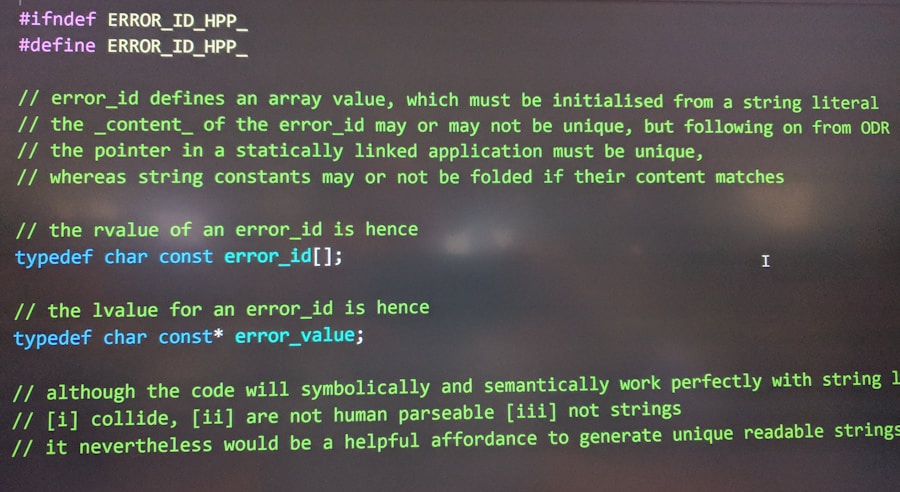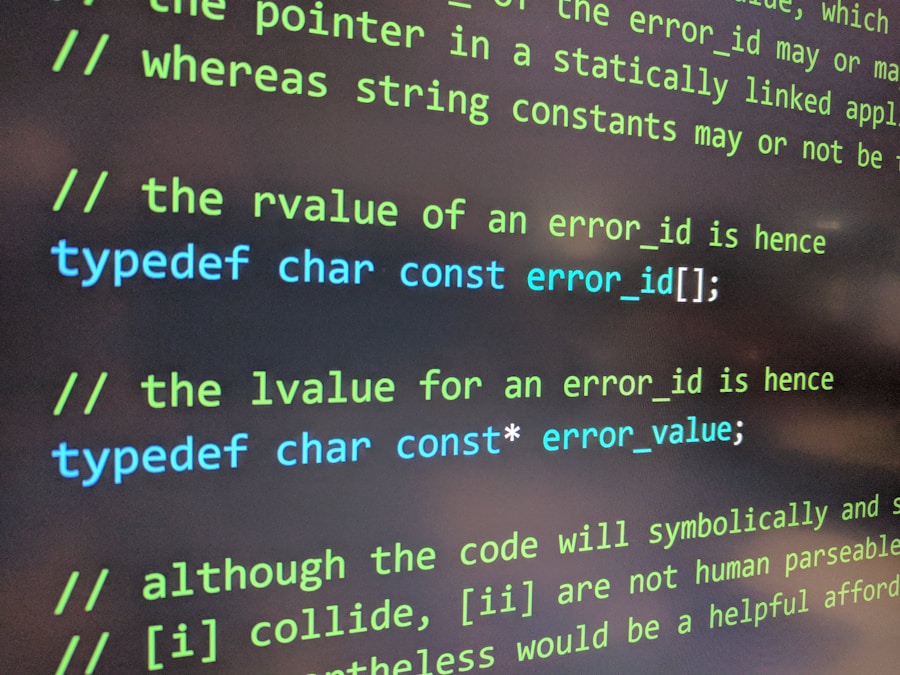As a startup founder, I often find myself navigating the complex landscape of technology and programming languages. The right choice of programming language can make or break your product, especially in the early stages when you’re trying to build a Minimum Viable Product (MVP) that resonates with your target audience. In 2021, the tech world is buzzing with various programming languages, each offering unique features and capabilities.
Whether you’re looking to develop a web application, mobile app, or even a complex system, understanding the strengths and weaknesses of these languages is crucial. In this article, I’ll take you through the top 10 programming languages that have made waves in 2021. I’ll share insights into their applications, advantages, and why they might be the right fit for your startup.
By the end of this journey, you’ll have a clearer understanding of which programming language aligns best with your vision and goals. So, let’s dive in!
Key Takeaways
- Python is a versatile and popular choice for its simplicity and readability.
- JavaScript is the language of the web, used for front-end and back-end development.
- Java is a reliable and time-tested language, known for its portability and security features.
- C# is the language for Microsoft development, widely used for building Windows applications.
- Swift is the language for iOS development, known for its speed and safety features.
- Go is the language for concurrency and scalability, designed for efficient and reliable software.
- Rust is the language for system programming, known for its memory safety and performance.
Python: The Versatile and Popular Choice
Python has emerged as one of the most popular programming languages in recent years, and for good reason. Its versatility makes it an excellent choice for a wide range of applications—from web development to data analysis and machine learning. As a founder, I appreciate how Python allows for rapid prototyping, which is essential when you’re trying to validate your ideas quickly.
The syntax is clean and easy to read, making it accessible for both seasoned developers and newcomers alike. One of the standout features of Python is its extensive library ecosystem. Libraries like Django and Flask simplify web development, while Pandas and NumPy are invaluable for data manipulation and analysis.
This means that if your startup is focused on data-driven solutions or web applications, Python can help you get off the ground faster. Additionally, the strong community support means that you can find resources, tutorials, and forums to help you troubleshoot any issues you encounter along the way.
JavaScript: The Language of the Web
When it comes to web development, JavaScript reigns supreme. It’s the backbone of interactive websites and is essential for creating dynamic user experiences. As a startup founder, I can’t stress enough how important it is to have a solid grasp of JavaScript if you’re venturing into the online space.
With frameworks like React, Angular, and Vue.js, JavaScript has evolved into a powerful tool for building modern web applications. What I love about JavaScript is its ability to run on both the client-side and server-side (thanks to Node.js). This means that you can use a single language throughout your entire stack, streamlining development and reducing the learning curve for your team.
Moreover, JavaScript’s asynchronous capabilities allow for efficient handling of multiple tasks simultaneously, which is crucial for performance in today’s fast-paced digital environment.
Java: A Reliable and Time-Tested Language
| Metrics | Data |
|---|---|
| Initial Release | May 23, 1995 |
| Current Version | Java 16 (as of April 2021) |
| Popularity | Ranked #2 in TIOBE Index for April 2021 |
| Community Support | Over 9 million Java developers worldwide |
| Platform Independence | Write once, run anywhere (WORA) principle |
| Reliability | Used by major enterprises for mission-critical applications |
Java has been around for decades and continues to be a reliable choice for many developers. Its platform independence—thanks to the Java Virtual Machine (JVM)—means that applications can run on any device that supports Java without needing to be rewritten. This feature is particularly appealing for startups looking to reach a broad audience across different platforms.
One of the key advantages of Java is its strong emphasis on object-oriented programming (OOP). This paradigm encourages code reusability and modularity, which can lead to more maintainable codebases as your startup grows. Additionally, Java has a robust ecosystem with frameworks like Spring and Hibernate that can accelerate development processes.
If your startup is considering building enterprise-level applications or Android apps, Java remains a solid choice.
C#: The Language for Microsoft Development
C# (pronounced “C-sharp”) is a language developed by Microsoft that has gained traction in recent years, especially among startups focused on Windows applications or game development using Unity. As someone who has dabbled in various programming languages, I find C# to be both powerful and user-friendly. Its syntax is similar to Java, making it relatively easy to pick up for those already familiar with object-oriented programming.
One of the standout features of C# is its integration with the .NET framework, which provides a comprehensive set of tools and libraries for building applications. This framework simplifies tasks such as database access, web services, and user interface design. If your startup is planning to develop applications within the Microsoft ecosystem or create cross-platform games, C# could be an excellent fit.
Swift: The Language for iOS Development
Efficient Coding with Modern Syntax
Introduced by Apple in 2014, Swift has quickly become the go-to language for iOS development due to its modern syntax and performance optimizations. As a founder who values efficiency, I appreciate how Swift allows developers to write cleaner code while reducing the likelihood of bugs.
Seamless Integration with Existing Projects
Swift’s interoperability with Objective-C means that you can gradually transition existing projects without needing a complete rewrite. Additionally, Swift’s strong type system helps catch errors at compile time rather than runtime, which can save valuable time during development.
A Language with a Bright Future
With Apple’s continuous investment in Swift and its growing community support, it’s clear that this language is here to stay.
Go: The Language for Concurrency and Scalability
Go, also known as Golang, was developed by Google and has gained popularity for its simplicity and efficiency in handling concurrent tasks. As a startup founder focused on scalability, I find Go particularly appealing because it allows developers to build high-performance applications that can handle multiple tasks simultaneously without compromising speed. One of Go’s standout features is its goroutines—lightweight threads that enable concurrent programming with minimal overhead.
This makes it an excellent choice for startups looking to build microservices or cloud-based applications that require high levels of concurrency. Additionally, Go’s strong standard library provides built-in support for web servers and networking, making it easier to get started on projects without relying heavily on external libraries.
Rust: The Language for System Programming
Rust has emerged as a favorite among developers who prioritize performance and safety in system programming. As someone who appreciates the importance of building robust applications from the ground up, I find Rust’s focus on memory safety without sacrificing performance to be particularly compelling. Its unique ownership model ensures that memory-related bugs are caught at compile time rather than runtime.
Rust’s growing popularity can be attributed to its ability to handle low-level programming tasks while providing high-level abstractions that make development easier. This makes it an excellent choice for startups looking to build performance-critical applications or systems software. Additionally, Rust’s vibrant community and extensive documentation make it easier for new developers to get up to speed quickly.
In conclusion, choosing the right programming language is a critical decision that can significantly impact your startup’s success. Each language discussed here has its strengths and weaknesses, making them suitable for different types of projects and goals.
At Witarist, we understand the challenges startup founders face when it comes to technology decisions. Our team of vetted developers can help you navigate this landscape by providing tailored solutions that fit your unique needs—whether you’re looking for part-time support or full-scale development partnerships. Let us be your trusted tech partner as you turn your ideas into reality!
Reach out today to discuss how we can help you build your MVP or scale your product effectively!
If you are interested in learning more about programming languages, you may want to check out this article on Artificial Intelligence (AI) and Machine Language (ML).
It offers a fascinating look at how programming languages are evolving to meet the demands of these cutting-edge fields.
FAQs
What are programming languages?
Programming languages are formal languages used to communicate instructions to a computer. They are used to create software, websites, and other applications.
How many programming languages are there?
There are hundreds of programming languages, with new ones being created regularly. Some popular programming languages include Python, Java, C++, and JavaScript.
What are the different types of programming languages?
Programming languages can be categorized into several types, including high-level languages (such as Python and Java), low-level languages (such as assembly language), and scripting languages (such as JavaScript and PHP).
What factors should be considered when choosing a programming language?
When choosing a programming language, factors to consider include the specific requirements of the project, the language’s performance, its popularity and community support, and the developer’s familiarity with the language.
What are some common programming paradigms used in programming languages?
Common programming paradigms include procedural programming, object-oriented programming, functional programming, and declarative programming. Different programming languages may support different paradigms.
How do programming languages evolve over time?
Programming languages evolve over time through the addition of new features, improvements in performance, and updates to the language specifications. New languages are also created to address specific needs or to take advantage of new technologies.










